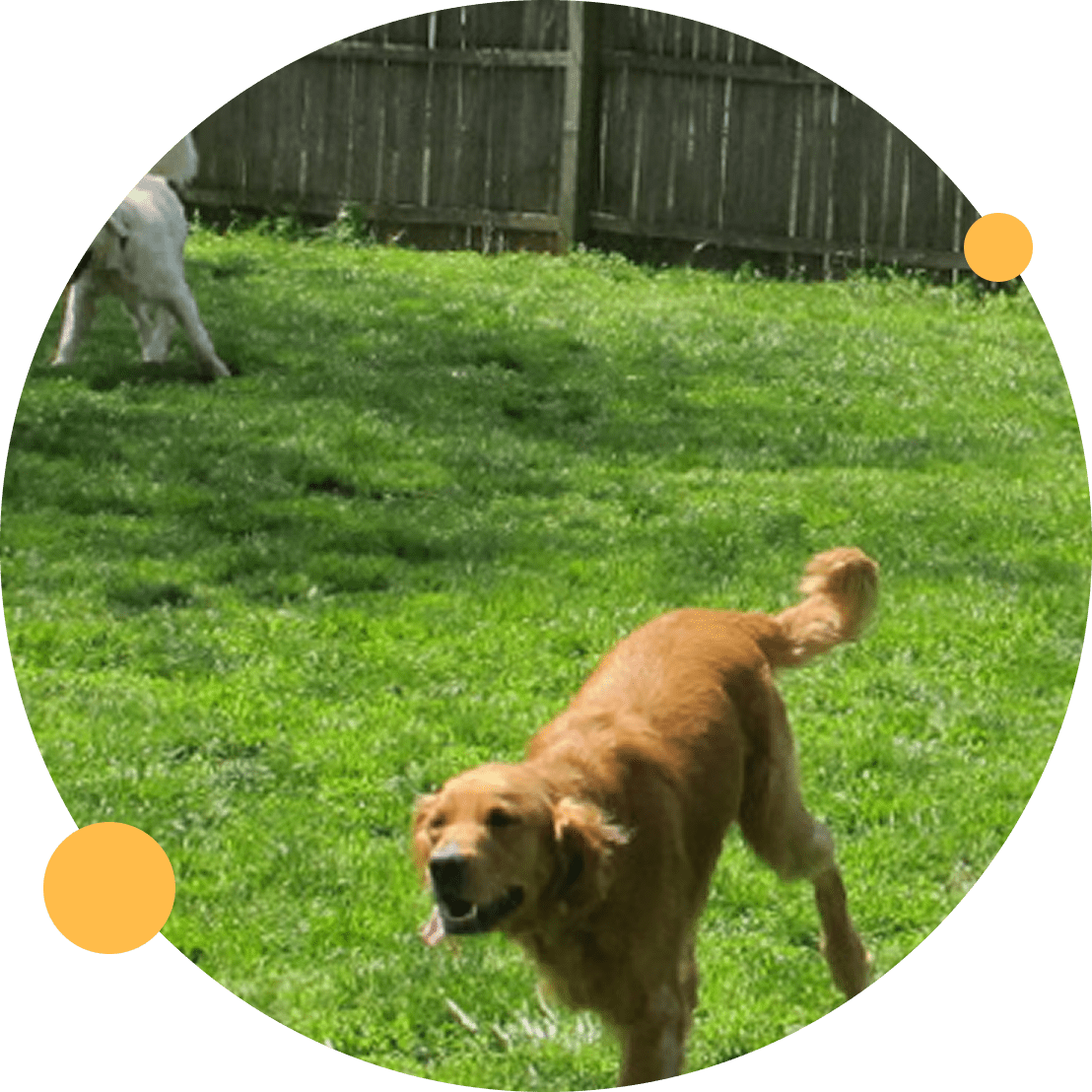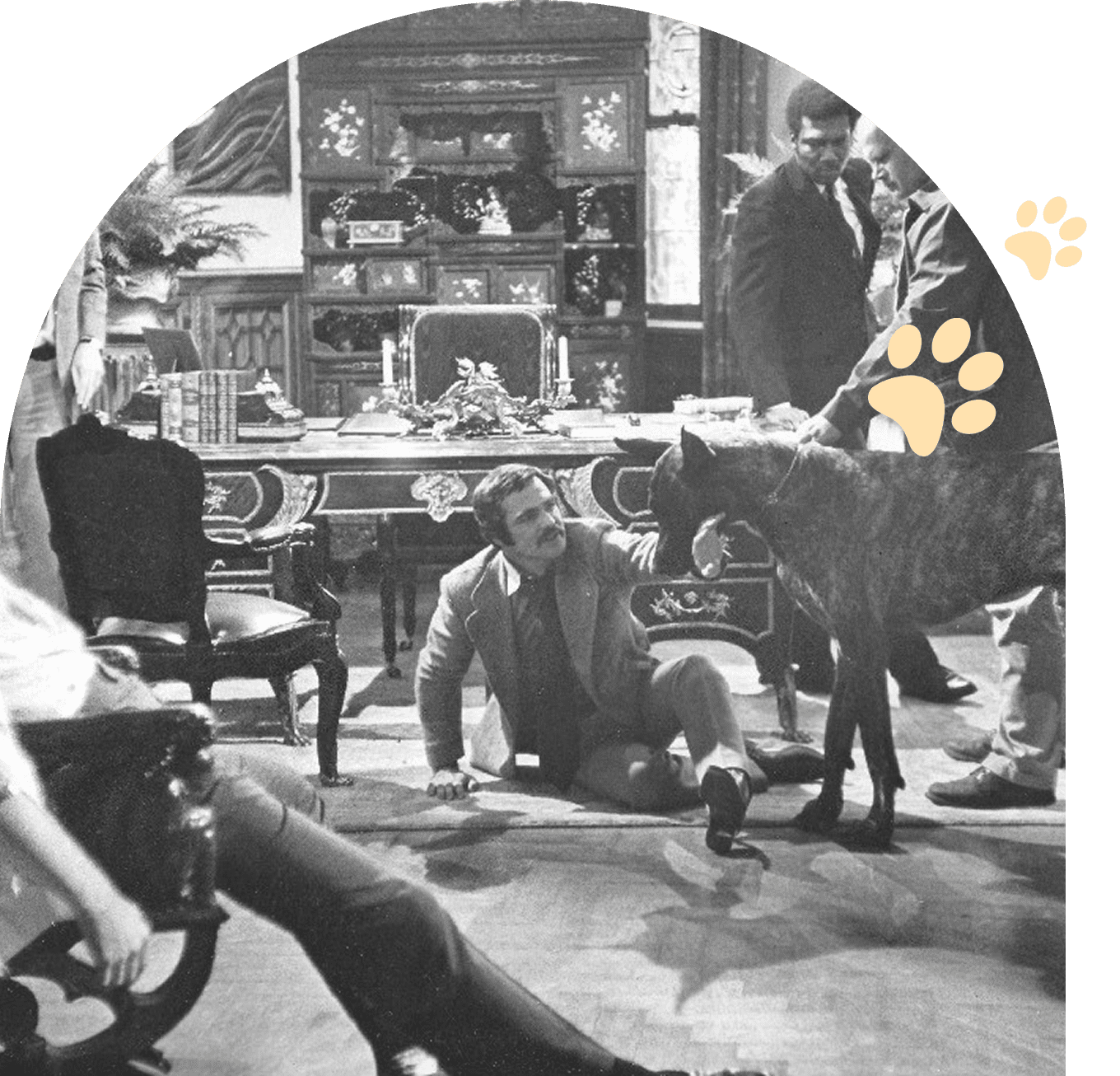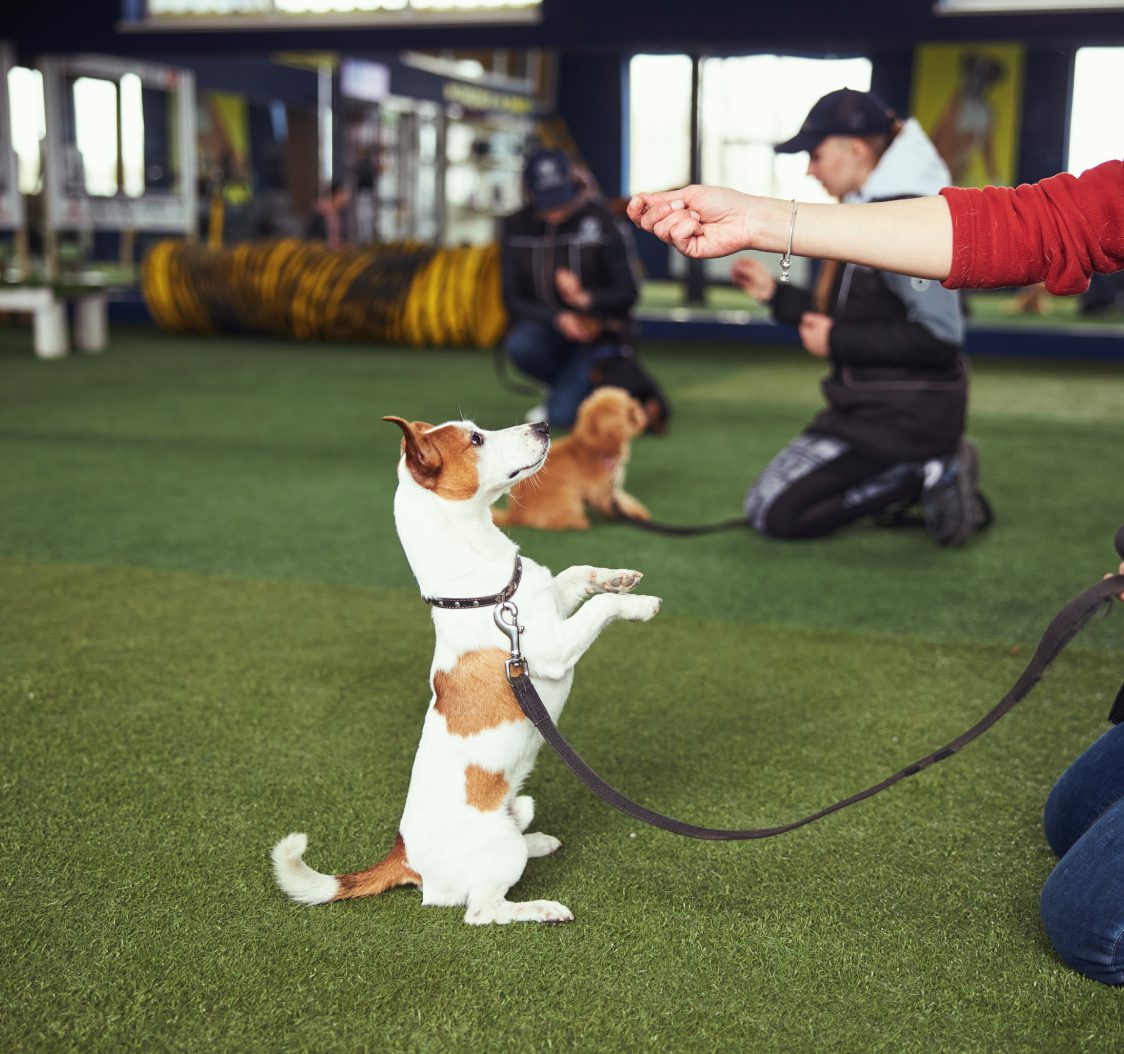Dog-Puppy House Training
The number one reason dogs are given up is because they are not house-trained.
The most effective way to house train a dog/puppy is to limit its responsibility.
Keep the dog/pup in your line of vision. Stay ahead of the messes.
If the dog is given enough chances to go out, most, if not all, accidents can be prevented.
When trying to limit the dog’s responsibility in the house, crate training is best.
When the dog/puppy is left alone or at night, it should be in a crate. The crate should be large enough for the dog to stand up, turn around, and sleep comfortably. The first step in house training is to teach the dog/puppy to keep its crate clean. The dog/pup will begin to see the crate as his/her den. When using the crate, do not leave the dog/puppy alone for more than 4 to 5 hours at a time. After 4 to 5 hours, have someone walk or take it outside. It is okay to confine a dog/puppy overnight because when they are sleeping, their systems shut down. It’s ideal to place your dog or puppy’s crate in your bedroom. This gives the dog 6–8 additional hours with you. Dogs crated in the bedroom where you are sleeping tend to be calmer and less needy, along with being less demanding of your attention.


Restrict Rooms Until Trust Builds
Try to keep the dog or puppy out of rooms with soft surfaces until the dog/pup is reliable. You can use baby gates to limit the dog’s access to certain rooms. You cannot trust your puppy to treat the whole house as his/her den until it is fully mature. When adopting an older dog, expect a bit of a transition period. This can last about a month while limiting the dog’s responsibility as if it were still a young puppy.
Change of residence for a dog can be stressful, with possible house training mistakes as a result of such stress. Usually, when a dog has a mistake, it means they don't have a clue as to what is expected of them. They have not associated the area they have messed in as being part of their den. Hence, why limiting responsibility is a must, and do not give the dog unsupervised freedom of the house until it's reliable for weeks.
Customized Guidance at Your Home and Neighborhood Where Most Needed
Medical issues may be a culprit. Be sure the dog has had a veterinary check-up along with a stool examination. Bring a fresh AM sample to the vet to check for parasites, which cannot be seen with the naked eye.
Sometimes too much or too little attention can lead to accidents, as well as changes in the household. Changes can be new residents, new pets, or radical changes in your work schedule or routine with the dog/puppy. Be aware that if you have toddlers, and should their pampers leak, this can also trigger accidents.

Trust-Based Dog Training Approach
The secret to success is to get the dog on a schedule. Put the dog out at high points of probability. Don't rely on the dog telling you it has to go. That does not work if you are gone, sleeping, showering, etc.

High Points of Probability to Put Dog Out Are
Note: Keep dog under strict visual supervision until it does relieve itself outside.
Why a Routine Matters for Your Dog’s Success
Of course, some dogs may vary with their toilet patterns. If the dog slips up and messes before the scheduled time, do get it out that much sooner in the future.
When accidents do occur, it is important to neutralize the odor with an enzyme-type cleaner. Nature’s Miracle is highly effective and sold in pet supply stores.
When you put the dog out, make sure it does urinate and/or defecate. Dogs normally have a bowel movement after each meal.

